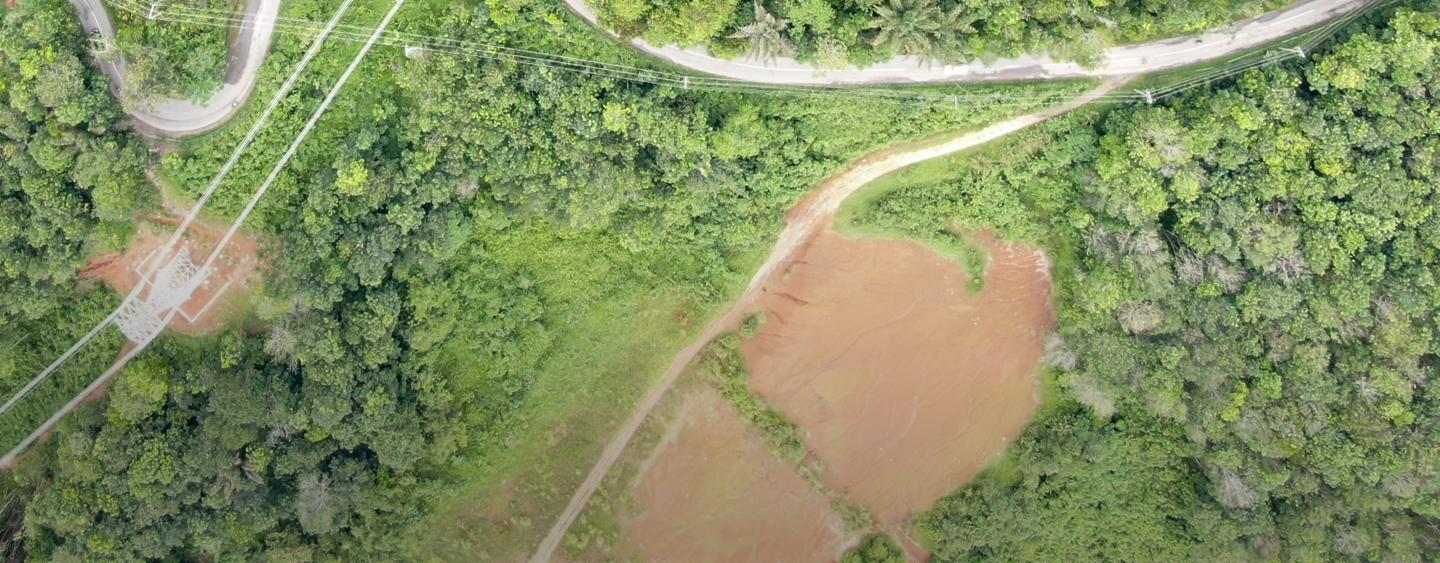Despite the digital disruption occurring across the utility industry, there are some things data, analytics and digitalization just can’t do. Cutting down vegetation that threatens powerlines and other infrastructure is one of them. Hard manual labor and chainsaws aren’t going anywhere anytime soon.
But the monumental processes of monitoring, tracking, scheduling, and other logistics that make for successful utility vegetation management — those are ready for a digital transformation. The proof is in the sustained increase in U.S. power outages over the last decade, exacerbated by prolonged growing seasons and downed trees, due to an increase in the force and frequency of extreme weather events.
Most utilities still use manual processes that result in reactive vegetation management and missed opportunities. Sticking to just manual processes wastes time and money by requiring workers to walk, drive, or fly to examine lines, scoping them with paper maps, taking notes on voice recorders, or simply using pen and paper. Even and the most digitally advanced teams may still have information stuck in disconnected systems or siloed processes.
But as utilities become more comfortable with digital transformation and climate change amplifies the repercussions of suboptimal vegetation management, many utility leaders want do things differently.
To make the leap, change needs to be driven with a crystal-clear value proposition. A digital solution to vegetation management must deliver three things:
- The technology must create operational efficiency and cost savings compared to the current solution. Data and insights are just buzzwords if they don’t deliver improvement on key metrics.
- The technology must be cost effective. While pen and paper might be archaic, it is cheap. Vegetation management is a cost center for utilities, which means a new IT system must deliver greater savings and operational efficiency to offset the cost.
- The technology must be acceptable. A new solution needs to be simple enough that workers will readily adopt it, so that utilities can get the most out of complete and accurate data and allow work to be done safely.
A Solution that Clears the Bar: Hitachi Vegetation Manager
Hitachi Vegetation Manager is a closed-loop planning, management, and control system that is scalable, intuitive, and improves the effectiveness of a utility’s vegetation management and planning. It is part of the Lumada Inspection Insights portfolio of digital solutions pioneered by Hitachi Energy and Hitachi Vantara to help utilities inspect, monitor, and optimize critical assets.
Using photo, video, plus directly accessible Maxar satellite constellation imagery, combined with utility data, the Vegetation Manager system leverages artificial intelligence (AI) and advanced analytics to predict emerging vegetation risks. This is then used to optimize cut plans and serve as a single source of truth for vegetation data. It delivers benefits that are critical to utility leaders and workers in the field.
- Operational efficiency benefits: Directly integrated with Maxar’s unmatched satellite technology, Hitachi Vegetation Manager not only allows utilities to cover and survey their entire territory to automatically confirm line clearances and maintain compliance with regulations, but also does so with a higher degree of accuracy compared to other satellite offerings. Fewer flights, fewer hours walking and driving lines, fewer manual time-intensive processes — it adds up to 25-30% savings over the old manual method.
- Field worker benefits: Field workers need tools to be more productive and safer. Hitachi Vegetation Manager mobile applications were designed to make arborist, foreperson, and crew data visualization and entry simple enough so that workers aren’t distracted doing dangerous jobs where full focus is required.
- Systems benefits: When combined with the Lumada Inspection Insights portfolio, Hitachi Vegetation Manager is part of a suite of digital solutions that eliminates the high cost of using different systems to do the same work, lowering technical debt and cost of ownership. Lumada Inspection Insights enables customers to automate asset inspection, support sustainability goals, improve physical security, and reduce risks and impacts related to extreme weather.
- Strategic benefits: When visibility of vegetation corridors along powerlines rely on manual infrequent methods, vegetation tends to grow tall and dense, which then requires heavy-duty diesel-fueled equipment—the work becomes more expensive and less environment friendly. Improved vegetation management insights, drawn frequently from remote sensing resources (LiDAR, Satellite, Drone, etc.), help provide the visibility needed to move to a condition-based maintenance strategy. In doing so, organizations will reduce emissions from operations, by managing vegetation at an optimal point, with less costly and more environmentally friendly methods, improving grid reliability and customer satisfaction, and staying in compliance with regulations — important strategic priorities.
Those benefits make a strong case for leaving behind a 20th century way of doing business. However, they don’t capture the value that’s yet to come as climate change forces utilities to adapt. Climate change makes it imperative that utility leaders seek opportunities to use data simulation and AI to model extreme weather events and predict with high accuracy where issues might occur.
Hitachi Vegetation Manager enables these insights and provides instant grid-wide visibility so that utilities can optimize decision-making today and for the future.
